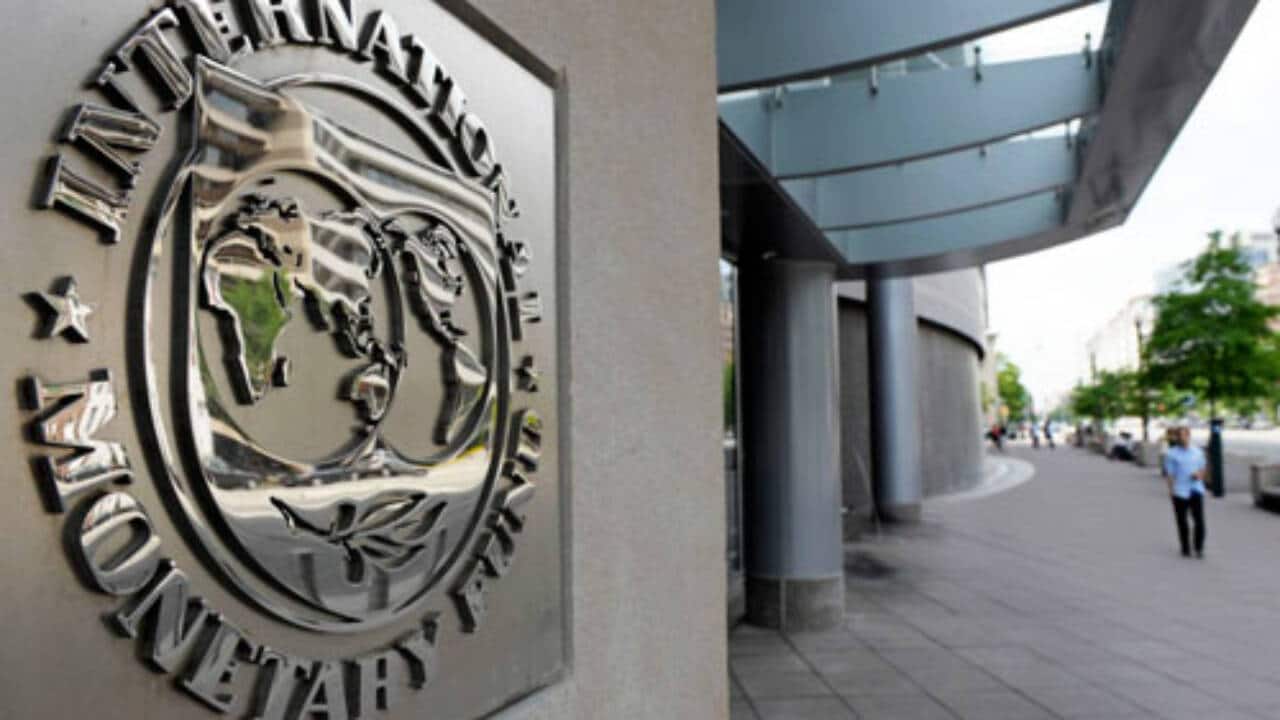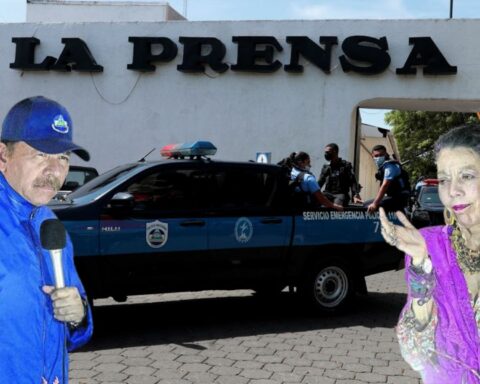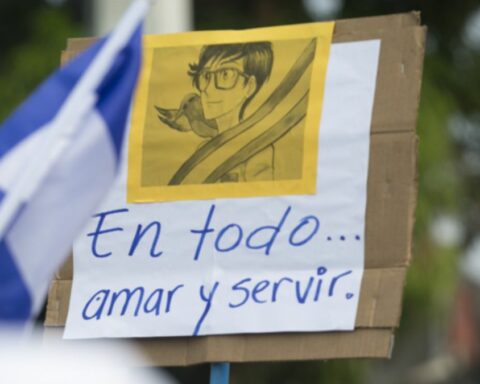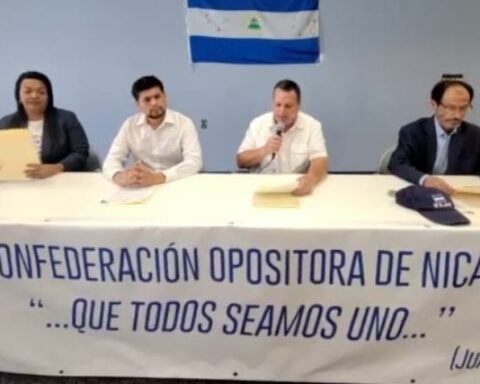The Government of Daniel Ortega executed 50% of the loan of 185.32 million dollars (C $ 6549.7 million) that acquired with the International Monetary Fund (IMF), destined to attend the covid-19 pandemic, to pay debts of the Nicaraguan Company of Aqueducts and Sanitary Sewers (ENACAL) and also of the Nicaraguan Institute of Social Security (INSS), confirms the 2020 budget execution report, published by the Ministry of Finance and Public Credit (MHCP).
The total amount that was executed in December of that same year, 20 days after the loan was approved, amounts to 3,246.3 million córdobas. Of this sum, the MHCP assigned 400 million to pay an electricity debt that ENACAL had with the energy distributor Disnorte y Dissur, nationalized in the same month, according to the investigation. “Nicaragua diverts IMF funds to fight the Covid-19 pandemic”, published by the Public File platform.
In addition, an amount of 2,084.6 million córdobas was destined to cover six annual installments of the historical debt of the INSS. Likewise, there were 761.6 million used for the payment of external debt amortization with other banks, among them: the Inter-American Development Bank (IDB), the World Bank (WB) and the Central American Bank for Economic Integration (CABEI).
The millionaire loan was signed on November 20, 2020 and, as established, these funds would be destined “to help Nicaragua meet the urgent balance of payments needs derived from the covid-19 pandemic”, to strengthen the system of health, and support the population most affected by the pandemic, detailed the IMF.
The 2020 Budget Execution Report describes that to use this financing, Ortega amended the Annual Law of the General Budget of the Republic, on December 10, 2020, as a matter of urgency. In the reform, it was established that the remaining 3303.4 million cordobas, destined to the care of the pandemic, would be executed in 2021.
However, until September 2021, according to the budget execution report of the Minsa, published by the same Ministry of Finance and Public Credit, the State had barely used 20.5% of the budget allocated to care for the pandemic, as revealed an analysis of CONFIDENTIAL, published at the end of November. The “covid-19 budget” amounts to 5,014.7 million cordobas, equivalent to 1.0% of the Gross Domestic Product (GDP) and in September they had only used 1029.0 million cordobas.
UNOPS and WFP implement funds to address covid-19
The amount destined exclusively to the care of the pandemic is being executed by the United Nations Office of Project Services (UNOPS) and the World Food Program (WFP), as established in the contractual agreement, in which Ortega also He promised to disclose the “covid contracts” and the financial reports of five state institutions.
The funds, as described by the Electronic Administrative Contracting System (SISCAE), have already been divided between WFP, which received 18.6 million dollars on January 15, and UNOPS, which received 74.7 million on February 4.
During 2021, the Ortega government has under-executed the funds allocated to the pandemic, as confirmed CONFIDENTIAL in various reports on the under-execution and lack of transparency of these funds. Until September, the authorities had barely used 20.5% of the “covid budget”, despite the fact that the country was hit by a wave of infections greater than that of 2020 and was during the first eight months of the year with a lag in vaccination.
Covid-19 funds also went to the Army and Sinapred
The 2020 Budget Execution Report indicates that in that year the expenditure on attention to the pandemic was 3,966.5 million córdobas. Of these, an amount of 2,846.2 million was executed as internal and external public debt (includes the payment of the INSS debt and loans); 992.7 million were expenses labeled in the SIGAF and 127.6 million are expenses that were executed during the first months of the pandemic.
Of the SIGAF spending, the Ministry of Health received 474.0 million córdobas and according to the report, 97.3% was allocated to the purchase of pharmaceutical and medicinal products, oxygen, medical, sanitary and laboratory equipment.
The MHCP allocated, in addition to the C $ 400 million of Enacal’s debt, 17.4 million to the National System for the Prevention, Mitigation and Attention of Disasters (Sinapred), 50.5 million to the Property Management project and 46.6 million to the Nicaraguan Army . However, there are no details of how these funds were used.
According to the report, 50.9% of SIGAF spending corresponds to current expenses and 49% to capital spending. “At the origin of the resources, the amount of C $ 520.5 million was financed with a source of Treasury Revenues, C $ 450.5 million from external loans and C $ 21.6 million from external donations,” they explain.
Meanwhile, the 127.6 million executed in the first months of the pandemic were allocated 85.0 million to the Minsa, 34.2 million to Sinapred and 8.4 million to the Ministry of Family, Community, Cooperative and Associative Economy.
World Bank funds were audited
The Execution Report also indicates that in June 2020, the country received a fund of 50.5 million córdobas through the reallocation of funds from the World Bank Credit No. 6087-NI, to respond to the Epidemiological Alert of the Pandemic covid-19 in Nicaragua.
This money was used to buy medicines and replacement material for the MINSA health units nationwide, for which a selective tender was carried out, ten minor contracts and one simplified contract. These operations were verified and validated by an external audit of Grant Thornton Hernández y Asociados, the report details.
Likewise, it is specified that during the first year of the pandemic, the Minsa received 71.0 million córdobas as donations, of these 66.1 million came from Taiwan, 500 thousand from the Nicaraguan Health Fund (Fonsalud) and 4.44 million from the World Bank. This last amount was allocated to the National Diagnostic Center (CNDR).
There was also a total donation of 3.39 million for the care of the pandemic, which was destined to the Ministry of the Family, Adolescents and Children.








